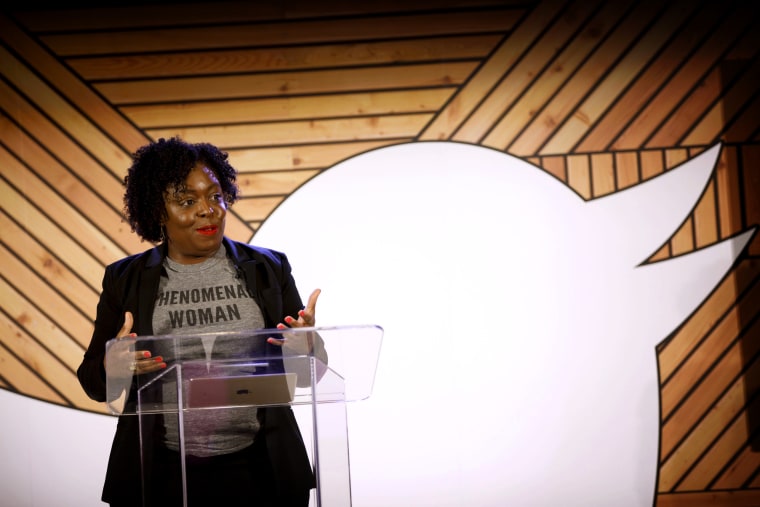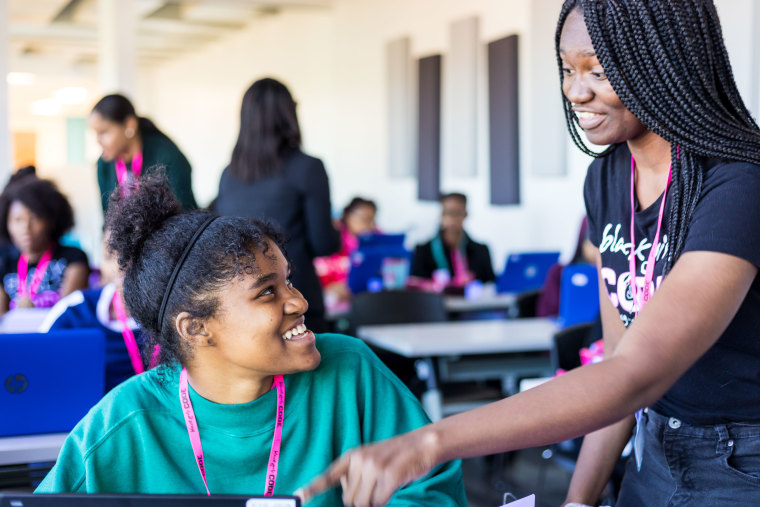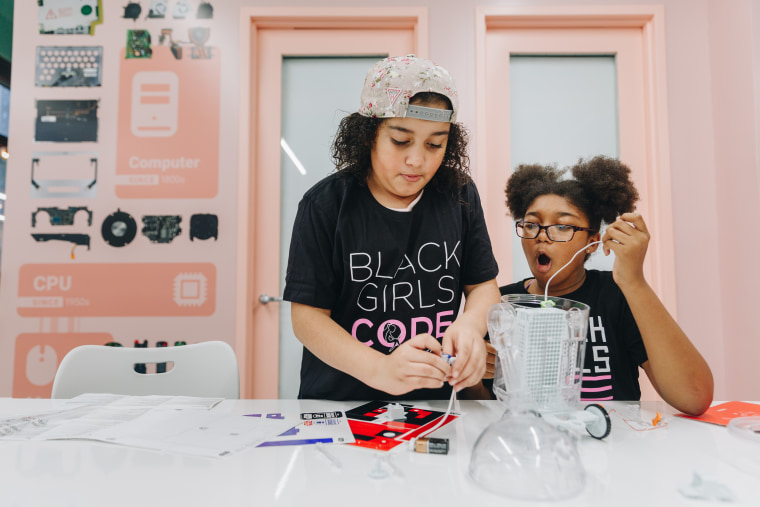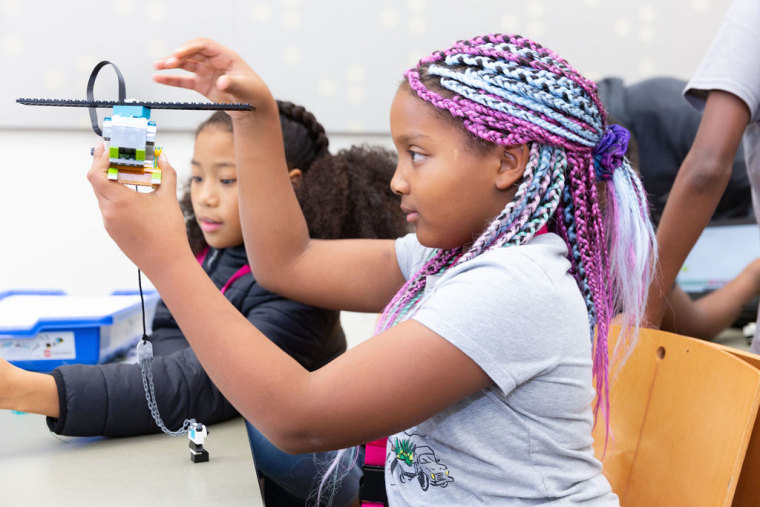Throughout her biotech engineering career, Kimberly Bryant was the only black female in the room most of the time.
And as Bryant rose the ranks to become manager at companies like DuPont, Phillip Morris and Genentech, she yearned for a more inclusive world for her daughter Kai.
Kai had developed a knack for gaming and coding, which is a very male, white and Asian-dominated business.
“It happened that I stumbled into this issue of diversity of inclusion and tech,” said Bryant in an interview with Know Your Value. “My daughter was about to go to middle school and was interested in tech and video gaming and gaming in general...I found that there wasn’t a strong program that would focus on girls of color and getting them prepared in the skills they’d need to move into this career field.”

Women of color earn less than 10 percent of bachelor’s degrees in computing, according to the Kapor Center. And black women make up less than 0.5 percent of leadership roles in tech. Even in women-led small tech businesses, women of color only comprise 4 percent of the workforce.
With Kai’s help, Bryant called upon colleagues at Genentech to put together a six-week coding curriculum for girls of color in 2011. She conducted the first educational series in a basement of a college prep institution in San Francisco, which was loaned to Bryant for free. Bryant expected about six students, but the class attracted about a dozen girls, including of course, Kai.
Bryant’s small community effort attracted the attention of ThoughtWorks, a global tech consultancy company. ThoughtWorks invested in Bryant in January 2012 and gave her access to space and resources across the country, as well as in Johannesburg, South Africa. In a few years, the operation transformed from a basement experiment into a global non-profit with 15 chapters. They called themselves Black Girls Code.
The more mature chapters might boast up to 1,000 students a year, according to Bryant, who runs the organization full-time.
“I didn’t know it would be a nonprofit,” said Bryant. “This was us just trying to test the waters and make something locally where I could bring my daughter, so she could find a tribe of girls interested in the same thing, but it took off from humble beginnings.”
The Black Girls Code curriculum teaches everything from web development to robotics to Artificial Intelligence. Many of the first-year students are now in college, including Kai, who is in her sophomore year studying computer science.
Bryant wants to expand Black Girls Code into a life-long support network to help retention rates in tech.
“One of the things that I’m really excited about is building out this alumni network that we’ve grown over the last eight years,” said Bryant. “Many of the girls...are about to go to college, and they have a need for support as they continue their career and collegiate journeys.”
Bryant said she was never interested in coding — that was all her daughter. Instead, Bryant studied engineering at Vanderbilt University. She said she met only one other African American female engineering student in her four years there, and that none of her professors were even female, let alone black.
“I didn’t have any role models,” said Bryant.
Still, she excelled. Bryant was only 25 when she became a manager at DuPont in Tennessee. She said her manager there—whom she otherwise adored—jokingly introduced her to the team as a “twofer,” because she was black and a woman.

“I’m positive those men had never worked for a black woman as their manager,” she said. “It was a learning experience. I spent most of my career in these types of positions. There were always these implicit and explicit biases that I had to deal with as I tried to establish authority as a black woman.”
For tech companies, a tipping point came around 2014 when Google publicly released its employee diversity numbers for the first time. They were dismal.
“There was this unspoken understanding that we had a diversity and inclusion issue, but we didn’t have the courage to discuss it,” said Bryant. “But now, the data was there, fully transparent. Companies started to change...I’ve seen gains in the number of women in tech roles...But we’ve still not made progress in the number of women of color.”

Bryant hopes to get a bigger international foothold for Black Girls Code, but that ultimately it’s on companies to prioritize diversity and inclusion.
“In five to 10 years we’ll see some gains, hopefully. It’ll take some dedicated efforts,” said Bryant. “I can only do so much by pushing the girls into the funnel. Once they get there...is it going to be a circular revolving door into and out of the companies, or will the companies do the heavy lifting to retain them? Will they be nurtured and supported in their career development and growth? I hope these companies will focus on that so they will be fertile opportunities for women of color to grow in these professions.”
